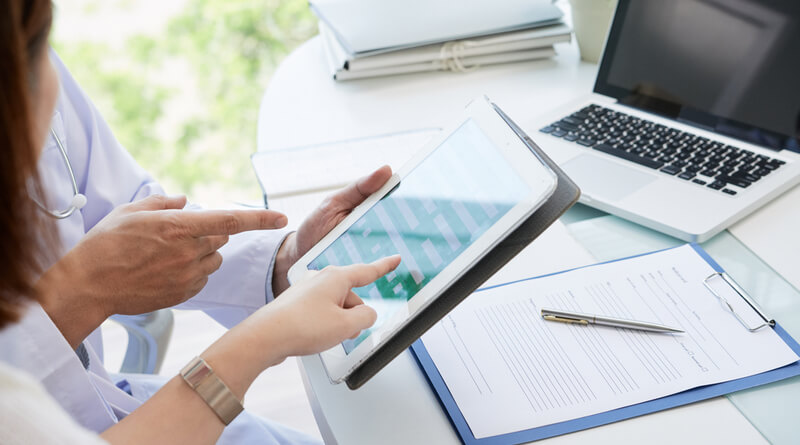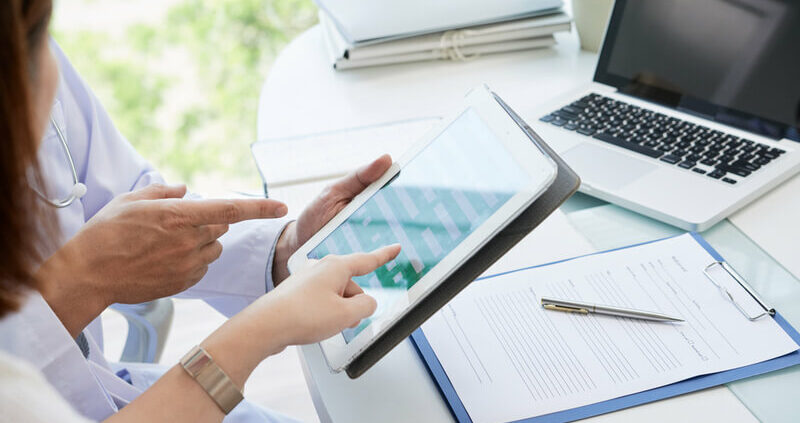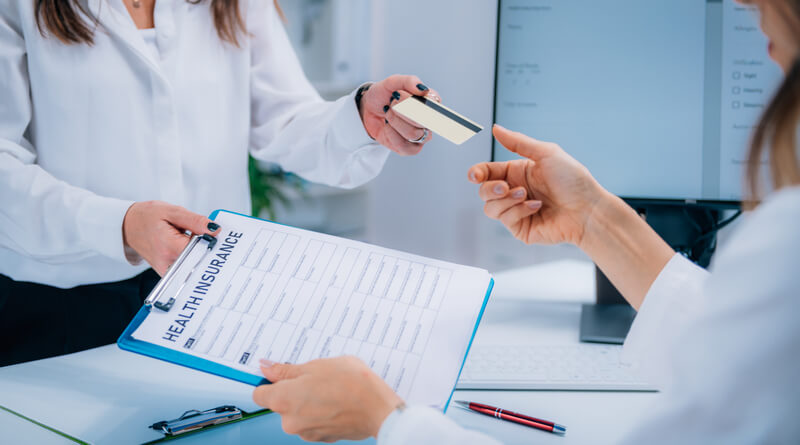Data in Healthcare and its Impact on Patient Well-Being

How Data Implementation Improves Patient Outcomes
Data is a high-growth industry that has penetrated into virtually all areas of commerce. From a strictly business perspective, it’s no small wonder that the healthcare industry has taken to it just as surely as any other market sector.
But how does data relate to the actual healthcare process? Though data-driven patient care is a relatively young phenomenon – at least in the form it has currently taken – it has an enormous amount of potential to positively shape patient outcomes.

In this article, we take a look at how data implementation can be used to improve people’s health.
An Endless Flow of Information
The majority of healthy people only see their doctor once a year or even every other year. During these visits, they get their vitals taken, and then have a very short meeting with their physician. For years, this standard of care has been the baseline. While it has its merits, it’s also highly subject to variables that can disrupt the results.
For example, if the patient had a meal shortly before their appointment, their blood pressure will read artificially low. If they had coffee, it will be artificially high. If they are nervous, as many people are at the doctor’s office, their pulse will read very fast. If they are sleepy – and who isn’t sleepy? – it might read as unusually slow.
You get readings, but they are reflective of one select moment. They don’t necessarily represent your overall health.
Wearable health technology changes this. There are now devices that continuously log your heart rate and other key analytics that can produce a much more comprehensive view of your health.
This constant data-taking is a relatively new development, and as such, it hasn’t yet lived up to its full potential. Nevertheless, it’s a very promising prospect. Wearables, coupled with IoT technology produce a constant data stream that can give doctors an unparalleled look at their patient’s health.
Not only is this useful for people with known conditions, but it can be vital for those who are perceived as healthy. Many conditions require early detection for effective treatment. This is more possible than ever with wearable health technology.
Hospital Management
It’s no secret that hospitals have a limited number of resources. Covid-19 made this fact particularly relevant as hospitals all around the world had to make difficult decisions about how they could make the most of their equipment and staff during a time of unusually high need.
These decisions can be made easier using data algorithms. Using data, hospital managers can benefit from an enhanced understanding of where the most need is.
This could mean diverting more staff to a certain floor of a hospital wing. For example, a program that analyzes Covid metrics may detect the early signs of a spike. The hospital manager will then know that they need more staff on the respiratory wing.
Data can also be used for assessing what patients even require physicians. Using patient portals and calibrated algorithms, a hospital can view patient complaints by order of their urgency. Some may need to come in to be seen directly, while others may be able to have their needs met through a telehealth module.
Not only does this save the hospital on resources, but it also costs less money, allowing patients to get the care they need at a potentially more affordable price.
Faster Diagnosing
Data implementation can also help doctors make quicker diagnoses. Using algorithms, they can take a patient’s health history, plug in their symptoms, and receive a quick list of probable diagnoses. In many cases, a quick turnaround time can be the difference between a patient getting better, or getting worse.
In this scenario, the doctor still uses their own knowledge, but instead of sifting through dozens of possible scenarios, they are left with a manageable handful of possibilities.
Blockchain
Naturally, a patient’s health history is very personal, private information. As healthcare drifts closer and closer towards broad data usage, security becomes a big issue. After all, if companies like Marriot can’t keep their customer data safe, what hope does a small rural hospital have?
Blockchain makes data implementation safer. It provides encryption that simultaneously makes data more secure, and easier to share amongst qualified professionals.
This technology makes it very easy for patients to have access to important health records even when they are far from home. If a person finds themselves hospitalized out of state, or even in another country, they can trust that their records are being shared securely thanks to blockchain technology.
Administrative Advantages
Data implementation also has significant administrative advantages. While these benefits may not be experienced by the patient directly, they do impact their ultimate quality of care. Administratively, hospitals can use data to make more informed decisions about upkeep, patient scheduling, supply management, and all manner of other features that make a hospital tick and hum.
Though less palpable, these benefits can have a keen impact on the patient experience. If you’ve ever been in a waiting room where ten people seem to have the same appointment time, you understand the truth of this.
Community Outreach
Health data can also be an important aspect of community outreach. For example, if data shows that a certain segment of the population is unusually averse to getting the flu vaccine, data can help healthcare professionals identify what sort of people fall into this category, and then help them make an advertising campaign that is tailored towards that section of the community.
Similarly, healthcare professionals can also use community data to anticipate things like an isolated Covid outbreak. Since March of 2020, we have seen that Covid may spike in certain parts of the country, even when the numbers are very mild overall.
Data can anticipate and isolate these projected spikes to make sure that the community that is to be impacted by them is aware of the situation ahead of time.
Accurate Patient Data is Crucial for Positive Patient Outcomes
Since there’s no standardized and effective patient identifier in place, patient misidentification is rampant in the US – leading to duplicate medical records, identity theft cases, denied claims, and patient safety issues. None of the above points will be effective until patient data integrity is ensured – RightPatient helps with the latter.
Several hospitals are using RightPatient – a touchless biometric patient identification platform – to help them ensure that accurate medical records are being selected. It utilizes patients’ photos to identify medical records accurately – making it a safe, seamless, and easy patient identification process for everyone involved. RightPatient prevents duplicates, prevents identity theft cases, and improves patient outcomes by identifying EHRs accurately across the care continuum.









Leave a Reply
Want to join the discussion?Feel free to contribute!